Menus
- Yamaha enters Germany
- Traces of use make the 250 so authentic and personable
- Quality is very important
- Technical data Yamaha YDS-3
- The Autolube system
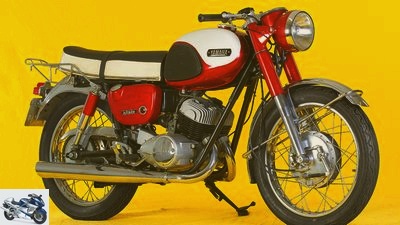
Bilski
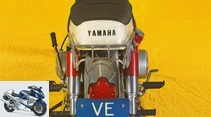
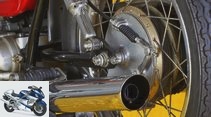
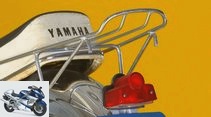
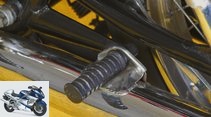
22nd photos
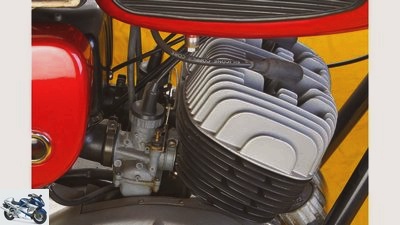
Bilski
1/22
Yamaha YDS-3.
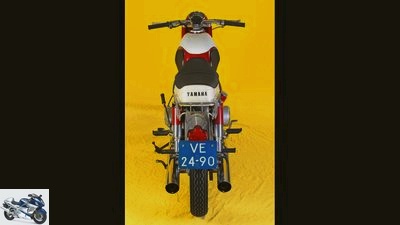
Bilski
2/22
Yamaha YDS-3.
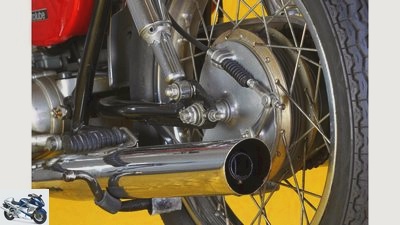
Bilski
3/22
Yamaha YDS-3.
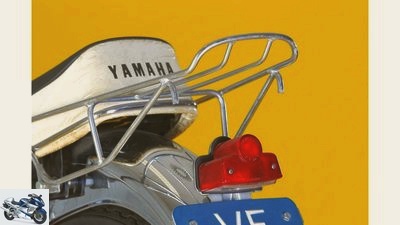
Bilski
4/22
Yamaha YDS-3.
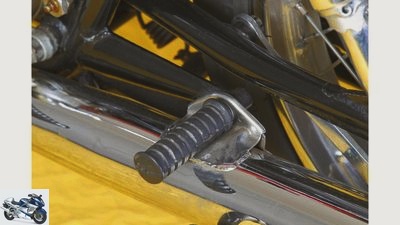
Bilski
5/22
Yamaha YDS-3.

Bilski
6/22
Yamaha YDS-3.
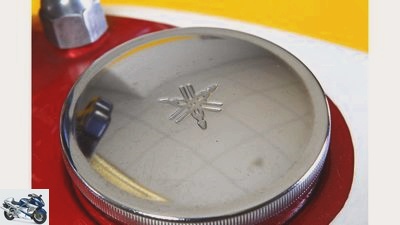
Bilski
7/22
Yamaha YDS-3.
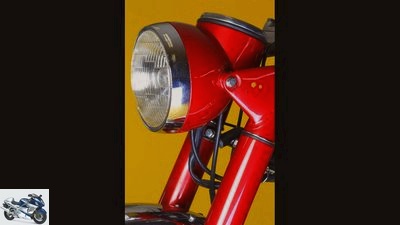
Bilski
8/22
Yamaha YDS-3.
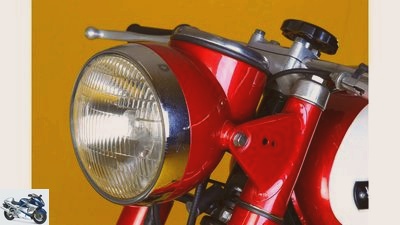
Bilski
9/22
Yamaha YDS-3.
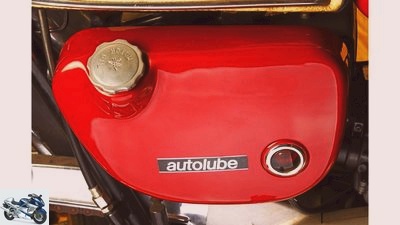
Bilski
10/22
Yamaha YDS-3.
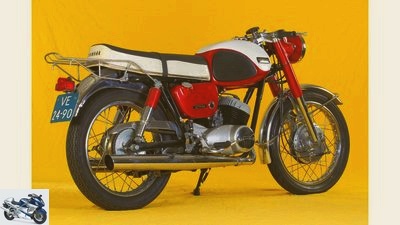
Bilski
11/22
Yamaha YDS-3.
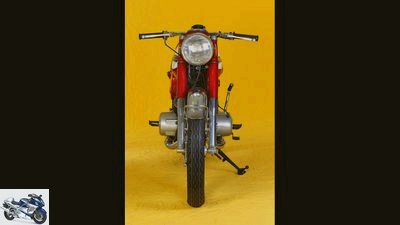
Bilski
12/22
Yamaha YDS-3.
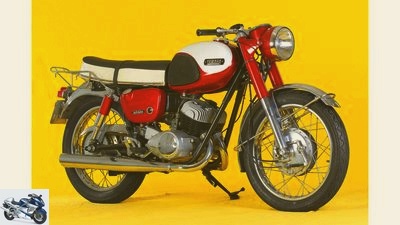
Bilski
13/22
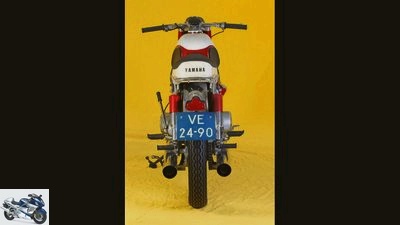
Bilski
14/22
The unmistakable taillight shape of many later RDs can already be found on the Yamaha YDS-3.
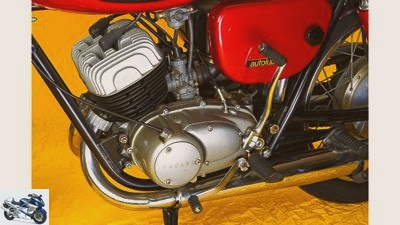
Bilski
15/22
The short-stroke, very modern, beautifully ribbed two-cylinder two-stroke engine has a classic look.
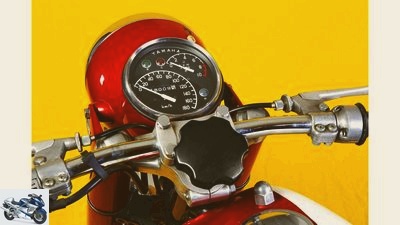
Bilski
16/22
The odometer reading proves: The Yamaha YDS-3 has had an eventful life on the road.
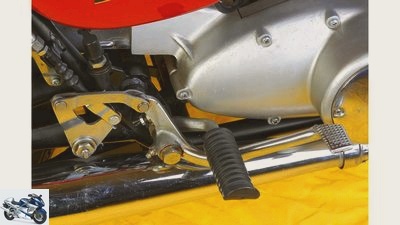
Bilski
17/22
Not necessary, but nice: elaborately deflected brake linkage of the foot pedal.
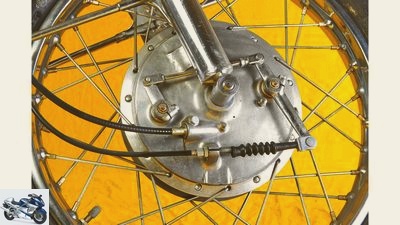
Bilski
18/22
Effective and (also) an eye-catcher: the double-cam drum brake at the front.
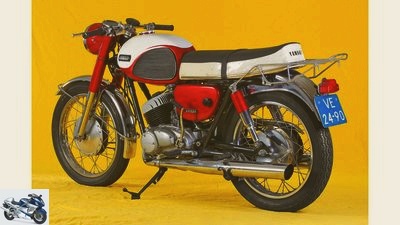
Bilski
19/22
The S in the Yamaha YDS-3 stands for sport: the 250 series proved to be stable and handy in the test.
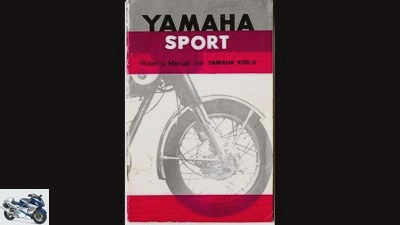
Bilski
20/22
The driver’s manual offers various useful and (wonderfully) useless illustrations.
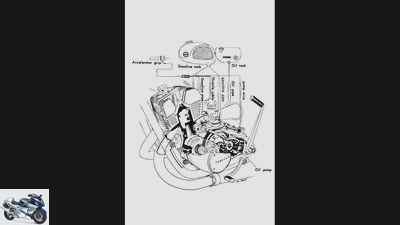
Bilski
21/22
The autolube system of the Yamaha YDS-3.
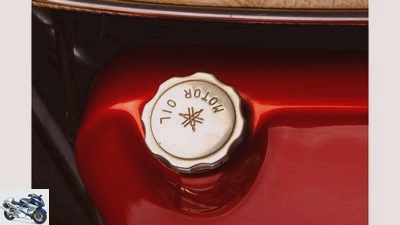
Bilski
22/22
Yamaha YDS-3.
Yamaha YDS-3 in the studio
Yamaha enters Germany
Content of
The first bike officially offered by the new German Yamaha importer Mitsui 50 years ago was the Yamaha YDS-3. Reason enough to honor it in the course of a studio production and to shed light on it again.
Life without Japanese motorcycles? For many today it is hard to imagine, especially since the four big manufacturers even dominated the motorcycle market for a long time. 50 years ago it all looked different, and it was exactly half a century ago Yamaha officially entered the German market and installed its own importer – the Mitsui company in Dusseldorf now took over on a large scale what had previously been achieved by individual dealers or private individuals on a small scale and by individual purchase: bringing Yamaha bikes onto German roads. It was at IFMA 1964 that the Yamaha YDS-3, as it was still fully known at the time, was the first Yamaha to be presented to the German market.
Buy complete article
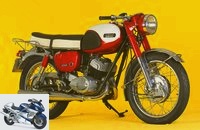
Yamaha YDS-3 in the studio
Yamaha enters Germany
Design was reminiscent of the former German Adler models
Many critics and doubters also knew the design, at least of the cylinder and head – the ribs reminded them a lot of the former German Adler models, which unfortunately were already history. The pure driving performance had already been almost achieved with other bikes of the same caliber – the 150 km / h top was no longer an absolute sensation. But in the first tests, the handiness and stability of the new Yamaha YDS-3 were praised, which made it a reliable, very easy to move machine.
The example of the Yamaha YDS-3 shown here comes from the collection of historic Yamaha motorcycles assembled on the occasion of the 50th anniversary of Yamaha Germany and is on loan from Yamaha Motor Europe.
Rearview mirror PDF: Test Yamaha YDS-5 250 ccm (MOTORRAD 01/1968)
Traces of use make the 250 so authentic and personable
It was driven and has a life on the road behind it, as the mileage of 48,000 proves and what the age-related signs of wear cannot hide. But that’s exactly what makes the 250 so authentic and personable – no over-restored ones, but honest skin. And she has brought this life behind her in decency and dignity, although the short-stroke engine was created for high speeds and requires them – the Yamaha YDS-3 has certainly not been spared in her career.
The vertically split crankcase of the Yamaha YDS-3 houses the two-part, four-way ball-bearing crankshaft and is partially closed at the top, so the incoming fresh gases are mainly kept inside the pistons, cool them and lubricate the piston pin and cylinder wall. The new “Autolube separate lubrication” ensures the amount of lubricant required, depending on the load and speed. The long gear ratio of the fifth stage of the easily shiftable gearbox also helps to protect the engine during full-throttle orgies. The double-cam drum brake in the front wheel is easy on the driver’s nerves because, as the first test back then in MOTORRAD said, it is not only easy to adjust, but also quite effective.
Quality is very important
Details such as the ignition lock, which is well protected against moisture penetration, or the neatly finished and high-quality chrome-plated parts testify to the high quality standards of the Japanese, practical, three-way adjustable spring struts at the rear of the attention that the Yamaha YDS-3 has placed on the befitting equipment.
The successor to the Yamaha YDS-3, the improved variant DS-5E presented in 1967, can already come up with a Yamaha five-channel flushing system, a more modern tank-seat design and an electric starter, but it is no longer capable of one special feature for itself to book: to be the first officially offered Yamaha in Germany.
Technical data Yamaha YDS-3
Bilski
The short-stroke, very modern, beautifully ribbed two-cylinder two-stroke engine has a classic look.
Yamaha YDS-3
Engine: Air-cooled, slot-controlled two-cylinder two-stroke engine, bore 56 mm, stroke 50 mm, 246 cm³, compression 7.5: 1, 26 hp at 7500 rpm, two 24-Mikuni carburettors, five-speed gearbox, chain drive.
Landing gear: Double loop frame made of tubular steel, telescopic fork at the front, two-arm swing arm with two spring struts at the rear, double cams-
Front drum brake, rear drum brake, front tires 3.00 x 18, rear 3.25 x 18, empty weight 159 kg, tank capacity 14 l, top speed 150 km / h, new price (1964): 2,669 marks.
The Autolube system
Bilski
The autolube system of the Yamaha YDS-3.
Runs like clockwork
Too much is harmful, too little is fatal – we are talking about the vital lubricating oil in two-stroke engines. The former fixed mixing ratios of oil and gasoline, usually as 1:25 or 1:50 pre-mixed in the tank, could only ever be a compromise – that’s why Yamaha also praised its Autolube as an innovative solution to this basic problem: as well as depending on the speed, the lubricant is added here. The Yamaha oil pump on the Yamaha YDS-3 regulates the amount of oil delivered not only according to the current engine speed, but also depending on the position of the throttle grip.
The piston that pumps the oil is set in faster motion by higher speeds, and its stroke is increased by accelerating. The control range that this enables is large: the oil / gasoline ratio when idling is a meager 1: 200, while at full load it is a rich 1:18. This precise metering of the amount of oil offers the advantage that it prevents the build-up of carbon dioxide when driving slowly and oiling the candles (if the amount of oil is too high), and also avoids the threat of piston jamming (if the amount of oil is too low). A useful side effect: Usually, the overall oil consumption also drops if you don’t run at full throttle all the time.
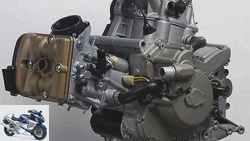
Workshop
What you should know about engines
Basics of engine types
read more
Related articles
-
bilski-fotografie.de 12th photos bilski-fotografie.de 1/12 Yamaha YAS-1 in the studio. bilski-fotografie.de 2/12 Spartan, but tidy: there is little to…
-
Yamaha XT 500 S: Enduro classics from Yamaha in the studio
Sdun 9 photos Sdun 1/9 Yamaha XT 500 S.. Sdun 2/9 The speedometer shows just under 500 meters. And every single one of them is pushed honestly! Sdun 3/9…
-
Kawasaki KH 400, Yamaha DT 400, Yamaha RD 400
bilski-fotografie.de 27 photos bilski-fotografie.de 1/27 In the well-stocked, clear RD cockpit, there are all the necessary warning lamps, including an…
-
Track test: Endurance factory Yamaha YZF-R1
Artist 41 photos Artist 1/41 Minimalist structure. All components are only there to be as quick as possible in the race. Chain guard, sprocket cover…
-
32 photos 1/32 2/32 3/32 Only limit the incline buttons on the footrests – but they wear out over…
-
Innovations Yamaha XT 1200 Z Super Tenere
Yamaha 23 photos Yamaha 1/23 The wheel speed sensors for ABS and traction control receive their signals from radially mounted rings. Yamaha 2/23 In the…
-
fact Driving report Yamaha MT-03 Kodo, the third …in this case does not come from the center of the star, but from Italy. The MT-03 is produced by…
-
Driving report Yamaha YZ 400 F
Driving report Yamaha YZ 400 F Menopause Times are changing: Small four-stroke crossers will come and really heat up the sedate steam hammers like the…
-
BMW R 1200 R, Honda Hornet 600, Suzuki Bandit 1250 and Yamaha FZ8 Concept comparison of naked bikes Content of Yamaha’s FZ8 closes the gap…
-
Comparison test BMW K 1200 GT, Honda Pan European, Yamaha FJR 1300 A
Gargolov Comparison test BMW K 1200 GT, Honda Pan European, Yamaha FJR 1300 A Flying Dutchmen The opportunity has never been better: three express…